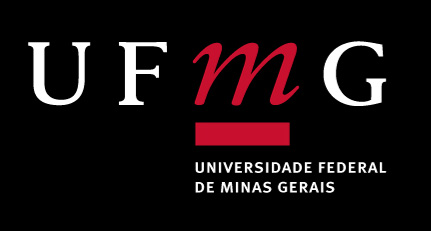Hostile city
DOI:
https://doi.org/10.35699/2237-549X.2019.19738Keywords:
Hostile architecture, Urban violence, Espinheiro NeighborhoodAbstract
The daily exposition to fear and violence as well as the quest for privacy have meaningfully contributed to human segregation process. In Brazil, individual solutions to collective problems have been fostered. According to scientific literature, it is possible to acknowledge that urban space desertification is a key factor that contributes to the perception of insecurity making urban space lose attractiveness. Urban vitality is affected since people attract other people. It is seen that when architecture presents limited forms, either visual, physical or social it is perceived as hostile. This work aims to discuss the ways hostile architecture has been established as an active element in perception of feedback regarding urban insecurity, as it limits and conditions the experience of urban space between equals and produces “Outliers”, arid, impermeable spaces, disproportionate to human scale. The research considered the Espinheiro neighborhood, in Recife-Brazil. This area is considered the most verticalized in the city, modifying housing patterns and the way of living. It is perceived that that the architecture promoted by the real estate market does not work towards establishing relationships that welcome individuals. Barriers in the urban space are built daily. People have been seeking individualistic protection over the last decades, which reflects a loss of urbanity, that is, the inherent characteristics of architecture lead to a homogenized, privatized urbanization.
Downloads
References
BAUMAN, Z. Confiança e Medo na Cidade. Zahar, 2009
BAUMAN, Z. Modernidade líquida. Rio de Janeiro: Zahar, 2001.
BAUMAN, Z. Tempos líquidos. Rio de Janeiro: Zahar, 2007.
CALDEIRA, T. P. R. Cidade de Muros. São Paulo: Edusp, 2000.
DAVIS, M. Cidade de Quartzo. São Paulo: Boitempo, 2009.
ELLIN, Nan (Editor). Architecture of Fear. Princeton: Princeton Architectural Press, 1997
FERRAZ, S. M. T. et al. Arquitetura da violência: a arquitetura antimendigo como eureca da regeneração urbana. Movimento revista de educação, n. 3, 2016. Disponível em:http://www.revistamovimento.uff.br/index.php/revistamovimento/article/view/264/222. Acesso em: 02 fev 2018.
GUATTARI, F. Caosmose: um novo paradigma estético. São Paulo: Ed. 34, 1992.
GUEDES, J. Cité et espace politique. Psicologia USP, v. 14, n. 3, p. 73-78, 2004.
HILLIER, B.; HANSON, J. The Social Logic of Space. Cambridge: Cambridge University Press, 1984.
JACOBS, Jane. Morte e vida de grandes cidades. São Paulo: Martins Fontes, 2000.
JESUS, A. Geografia urbana do camelô belo-horizontino. 2011. 229 p. Tese (Doutorado em Geografia) Instituto de Geociências Universidade Federal de Minas Gerais, Belo Horizonte, 2011.
LIRA, P. S. Instâncias urbanas e violência: uma análise dialética. 2009. Dissertação (Mestrado) UFES/PPGAU, Vitória, 2009.
LYNCH, Kevin. A imagem da cidade. 2. ed. São Paulo: WMF Martins Fontes, 2010.
NEWMAN, O. Defensible space:cCrime prevention through urban design. New York: Macmillan, 1972.
SANTOS, M. A natureza do espaço: técnica e tempo, razão e emoção. São Paulo: Hucitec, 1996
SANTOS, M. Metamorfoses do espaço habitado. 4 ed. São Paulo: Hucitec, 1996a.
SENNETT, Richard. A corrosão do caráter. Rio de Janeiro São Paulo: Record, 2002.
SENNETT, Richard. O declínio do homem público: as tiranias da intimidade. São Paulo: Companhia das Letras, 1988.
SIMMEL. A metrópole e a vida mental. In: VELHO, O. G. O fenômeno urbano. Rio de Janeiro: Zahar, 1967. p. 13-28.
SOUZA, M. L. Fobópole: o medo generalizado e a militarização da questão urbana. Rio de Janeiro: Bertrand Brasil, 2008.
STECHER, H. Georg Simmel: Dinheiro, a solidez do efêmero. Cad. CRH, Salvador, n.22, p. 185-191, jan./jun, 1995.
Downloads
Published
Versions
- 2022-04-15 (2)
- 2020-03-18 (1)
How to Cite
Issue
Section
License
Copyright (c) 2019 Revista Geografias

This work is licensed under a Creative Commons Attribution 4.0 International License.
Os artigos desta revista obedecem a licença Creative Commons — Attribution 4.0 International — CC BY 4.0









